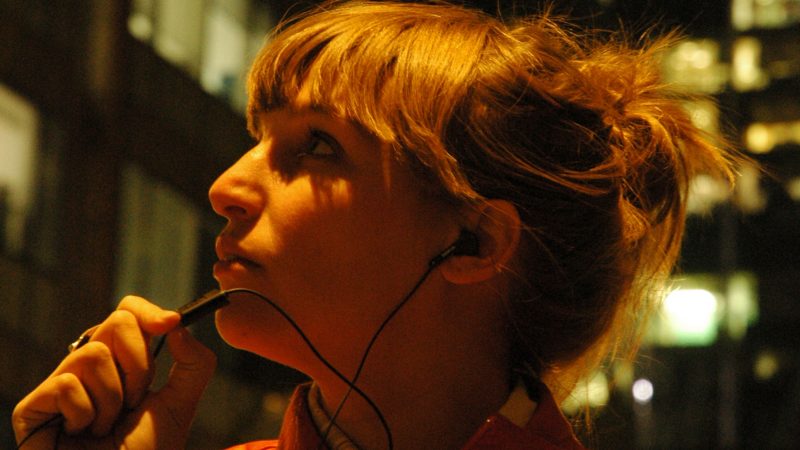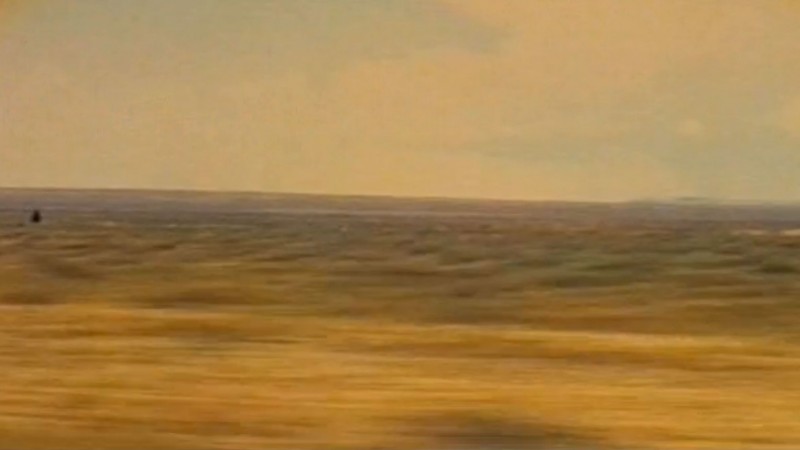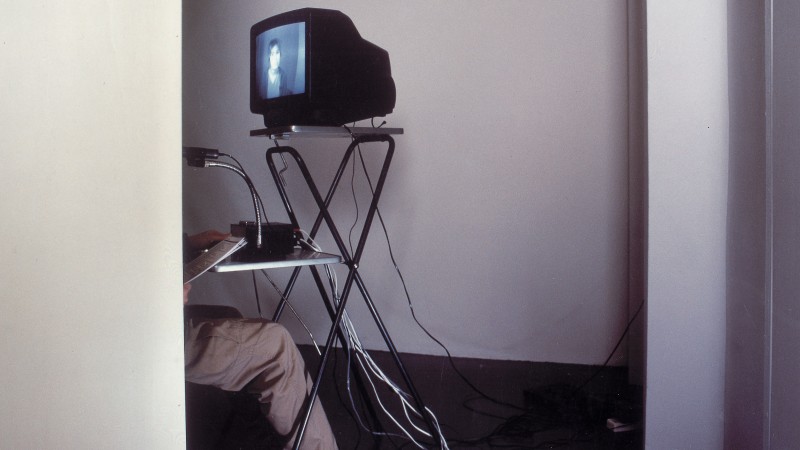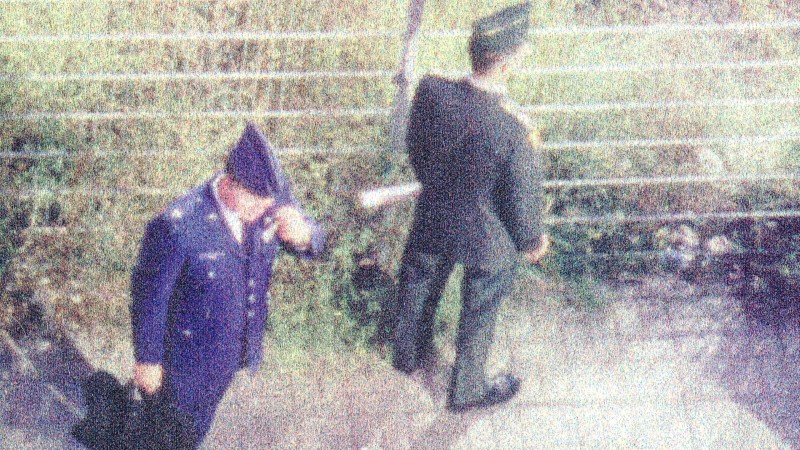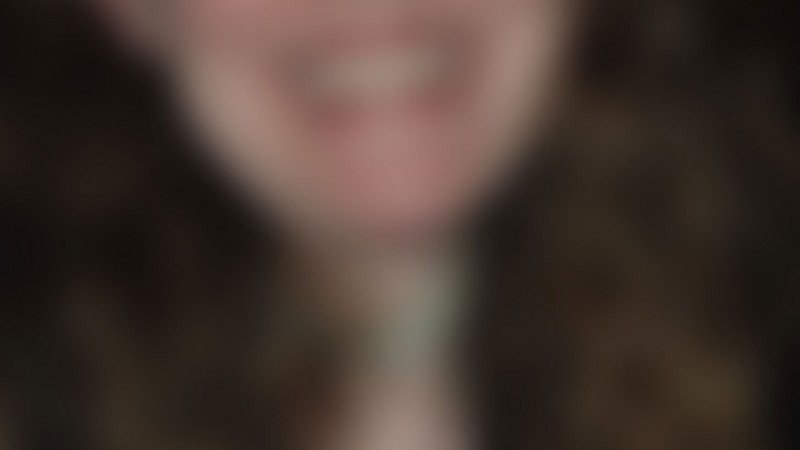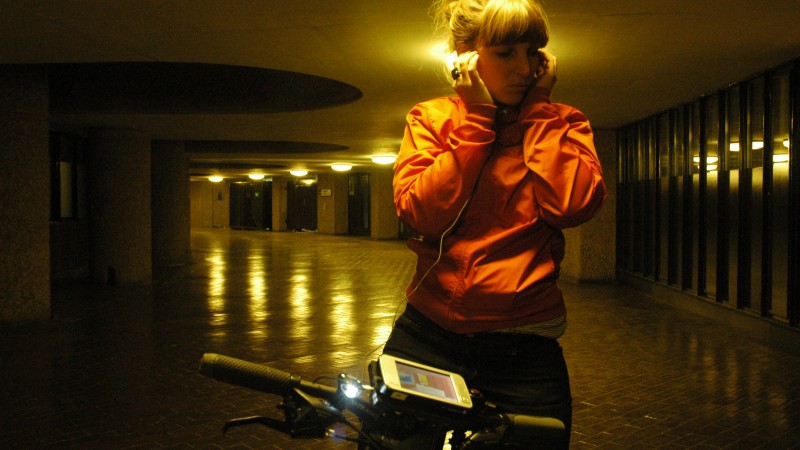Safehouse was created as part of a residency at Kunstlerhaus Bethanien and forms part of the research for Kidnap in 1998. The work uses an interview format to explore the presence that kidnapping has in the life of each visitor, whether as a concept, a political tool, a media construct or in their own experience.

The installation comprises a series of rooms, leading to an interview. On arrival, a receptionist sits at a desk at the mouth of a corridor. Visitors are invited to fill in a waiver giving their name and personal details including their consent to be video recorded.
At the end of the corridor is a door which opens into a 1m x 1m room, lit with a single bulb and with a small camera mounted near the ceiling. Having entered this room, the door closes behind the visitor and the bulb gradually dims to blackness over a minute. In the darkness, the visitor is buzzed through to a second room. A sign asks the visitor to choose a photo of a face from a selection on a low table and to select a question from a list on a printed menu:
Do you ever feel that you don’t have enough time to look at your life in detail?
You have the chance to kidnap a movie star; who do you choose?
Do you like the feeling that you are being watched?
Can kidnapping be justified as a political tool?
OK, I want you to imagine that tomorrow you will be kidnapped just after you have left the house. Where are you going?
Do you like watching people; do you like following people?
One of the artists then leads the visitor through to an interview room. The performer takes the waiver and photo from the visitor. They place a new VHS cassette into a video camera and press record before conducting an interview based on the question they have selected on the waiver. At the end of the interview, the photo is attached to the waiver. This in turn is inserted into the sleeve of a VHS cassette case. The videotape of the interview is taken from the camera and put into the case. The visitor is then led to a final room.
In the final room, a table is stacked with video cassettes of previous interviews, allowing visitors to browse interviewees. Three monitors with headphones allow visitors to watch interviews. The visitor’s tape is added to the stack on the table. The visitor is advised that only other interviewees will be able to watch the recording of their interview. The visitor is then free to browse any of the videos before leaving.
By the exit door, a monitor shows the feed from the camera in the first room. As the bulb dims, visitors are shown illuminated by an infrared light.

